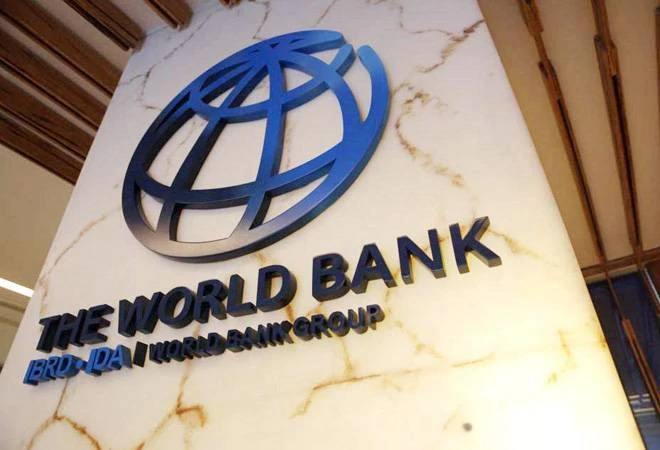Owing to the worldwide Covid-19 outbreak, advanced economies will see growth falling 7% in 2020, while emerging economies as a group, which includes India, will see a growth decline of 2.5% this year, the World bank has said.
New Delhi. 9 June 2020. The coronavirus pandemic will plunge the world into a severe recession, the deepest since World War II, shredding per capita incomes and pushing millions into poverty, the World Bank said on Monday.
The global economy is expected to shrink 5.2% in 2020, it said. Declines in economic growth across region will be driven by severe disruptions to “domestic demand and supply, trade and finance”, the bank said in a report, Global Economic Prospects, which contains an assessment of economic shocks from pandemic shutdowns.
In India, the bank forecast that Gross Domestic Product (GDP) will shrink 3.2% in the fiscal year 2020-21, when the “impact of the pandemic will largely hit”. GDP, or the value of all goods and services produced, is the broadest measure of incomes generated in an economy. The International Monetary Fund has slashed its 2010-21 growth projection for India to 1.9% from 5.8% estimated in January. Barclays said it saw 0% growth, while the World Bank cut India’s growth forecast to 1.5-2.8% from 6.1% earlier.
The World Bank in its note on India said: “Stringent measures to control the spread of the virus will heavily curtail activity, despite some support from fiscal and monetary stimulus. Spill-overs from weaker global growth and balance-sheet stress in the financial sector will also weigh on activity.”
While advanced economies will see growth falling 7% in 2020, emerging economies as a group, which includes India, will see a growth decline of 2.5% this year.
“Per capita incomes are expected to decline by 3.6%, which will tip millions of people into extreme poverty this year,” the bank said. Measures to control the pandemic has already caused a “severe contraction”, or negative economic growth in many economies. The bank forecast the most widespread declines in per capital incomes since 1870.
“This is a deeply sobering outlook, with the crisis likely to leave long-lasting scars and pose major global challenges,” said World Bank Group vice-president Ceyla Pazarbasioglu in the report.
Downside risks, or threat to growth, are predominant, the bank said, including the possibility of a more protracted pandemic, financial upheaval and retreat from global trade and supply linkages. “A downside scenario could lead the global economy to shrink by as much as 8% this year, followed by a sluggish recovery in 2021,” it said.
To spur growth, Prime Minister Narendra Modi unveiled a Rs 20-lakh-crore rescue package on May 12. The government has attempted to set the country on a new pro-business economic course, pulling down the last vestiges of state control in most sectors to jumpstart a stalling economy.
India’s GDP growth slumped to 3.1% in the March quarter, the slowest pace in 11 years, dragging the country’s full-year expansion to 4.2%, compared with 6.1% in the previous year, data released on May 30 showed.
In a series of announcements last month, finance minister Nirmala Sitharaman opened up more of the economy for private investment. The government will limit state-run companies to just four in many sectors, for instance, to boost private investment.
The World Bank report said “deteriorating economic conditions” in advanced economies and major emerging market economies are “impacting export-related industries” in South Asian countries, including India.
“The only way to go is to revise the fiscal policy (i.e. driving up government spending) so that growth can sprint back,” said NR Bhanumurthy of the National Institute of Public Finance and Policy.




